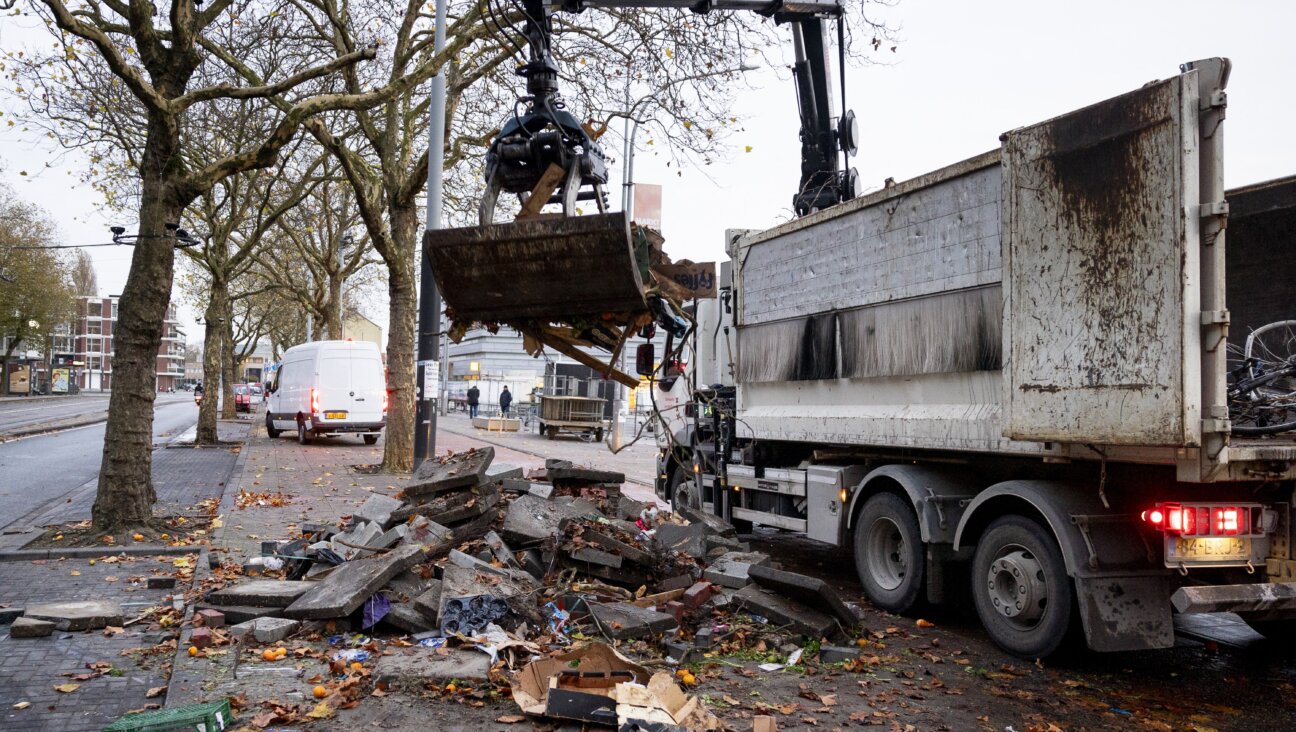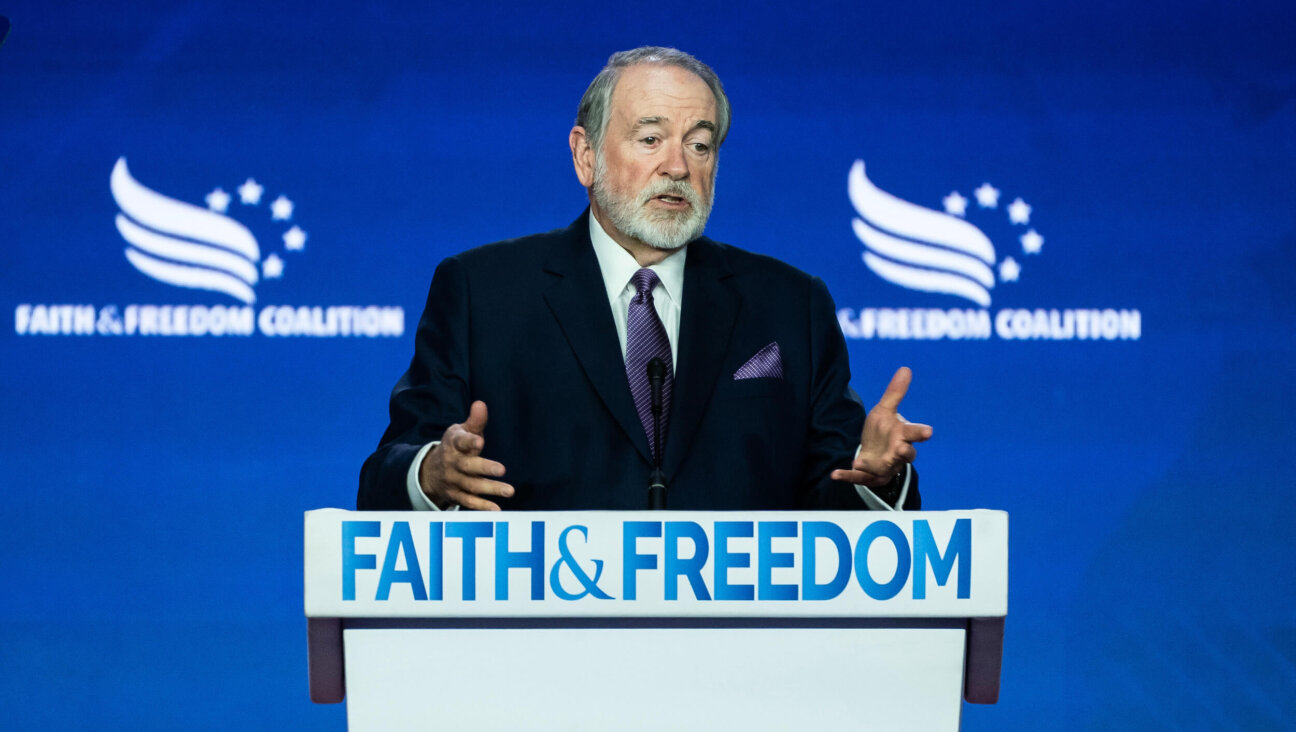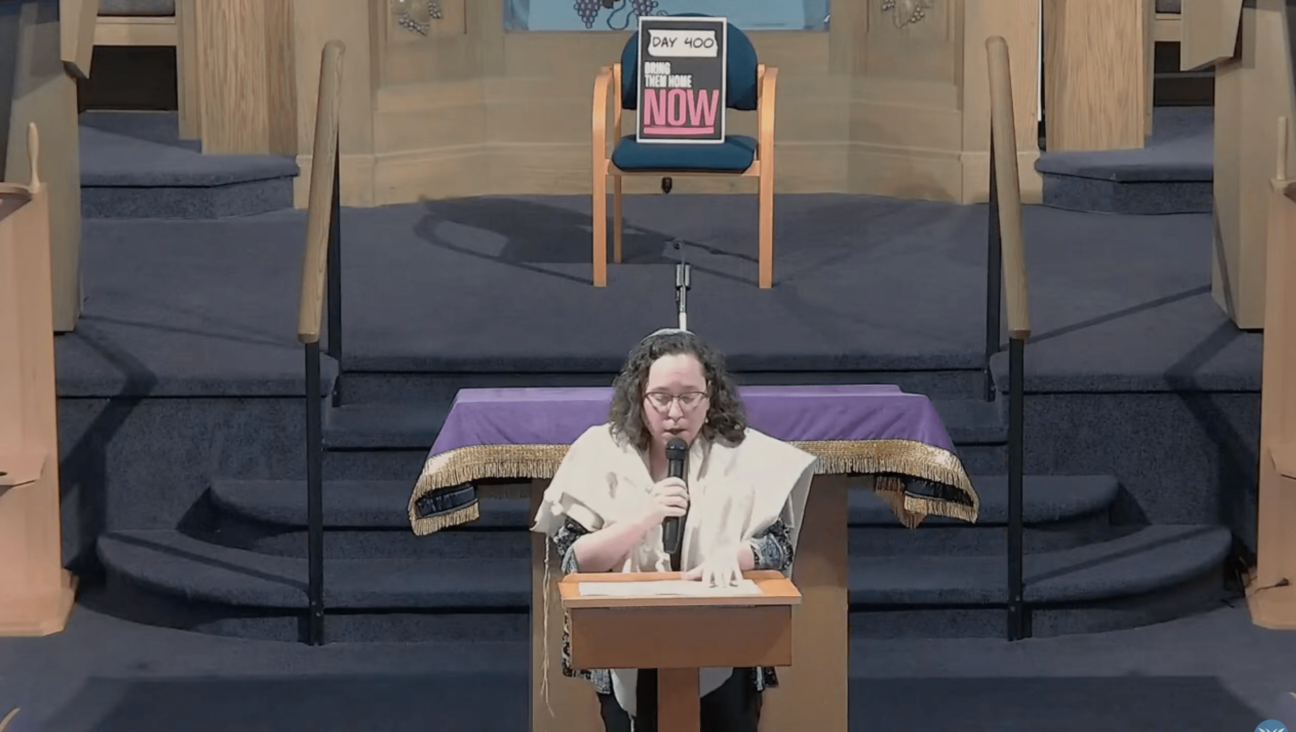In the Warsaw Ghetto: Varieties of Heroism
Let us speak of heroes. Not, mind you, the voguish kind, whether the super-powered sci-fi heroes of the NBC television show or the very nice people nominated for United Jewish Communities’ current folly, “Jewish Community Hero of the Year.” I mean the real kind, the kind before whom we stand in awe.
I mean, for example, Marek Edelman, who died October 2 at the age of 90. Edelman, for many years a cardiologist in Lodz, Poland, and an early member of Poland’s Solidarity movement, had been one of the three commanders of the Warsaw Ghetto uprising. Some sense of what that meant can be gleaned from reading his “The Ghetto Fights,”, a document that captures both the early refusal of the Jews to believe what lay in store for them as also the heroic — yes, heroic — resistance that became an indelible chapter in the history of the Jewish people. Edelman’s own involvement, which grew out of his membership in the Bund, began when he was 21 years old — or perhaps, since there is some confusion regarding the year of his birth, when he was just 19.
I knew one of the other two commanders, Yitzhak Zukerman, known by his nom de guerre “Antek.” Antek, representing the Hechalutz Zionists, had Aryan looks and thus was assigned to work outside the Ghetto, to help with the smuggling of arms and liaison with Polish resistance forces. He was the old man of the three, 28 when the uprising began. Antek, like Edelman, survived the war. He came to Palestine where, with his wife, Tzivia Lubetkin, he was one of the founders of Kibbutz Lochamei Hageta’ot (Ghetto Fighters Kibbutz), and there helped establish the quite wonderful museum that has long since become an important educational resource. It was during a visit to his kibbutz that my parents met him; a warm friendship followed, and in time led to my spending two long evenings with him — not knowing either time what to say in his presence, in the presence of a man who had stood against the might of the German army, who had finally escaped through the cramped sewers of Warsaw when the ghetto was utterly demolished. I’d been told he was an anguished man, but if there was evidence of that I did not notice it. Yet I understood when he told an interviewer, “If you could lick my heart, it would poison you.”
The best known of the three commanders was Mordecai Anielewicz, who fell in battle at the age of 24. (In “Mila 18,” Leon Uris appropriates some of the details of Anielewicz’s life — and death.) Kibbutz Yad Mordecai in Israel was named in his memory and honor. It was on May 8, 1943, when he has killed, that Antek came back to the ghetto to assume command of the remnant that remained — and to lead them from the ghetto, by now thoroughly demolished, the very next day.
Heroes, to be sure, all three and many dozens of others, their co-conspirators, their comrades in arms and in honor.
Yet when I think back to those days and that place, it is a very different hero that I am most drawn to, inspired by. His name was Janusz Korczak. No matter how frequently I conjure his story or happen on it, I am fascinated, reminded of the goodness of which the human being is capable, of which perhaps all of us are capable but which eludes so many of us. Dr. Janusz Korczak, pediatrician, weaver of stories for children, pedagogic innovator, penultimately director of an orphanage for Jewish children at 16 Sienna Street, in the Warsaw Ghetto, this from November 29, 1940 until August 6, 1942. On that hot summer day, the Nazis came for Korczak and his 192 children, and he walked with them the two miles to the Umschlagplatz, the staging area where the trains to Treblinka awaited them, carrying a 5-year-old in one arm and with his other hand holding the hand of a child, with them entered the railway car, with them later that same day was gassed at Treblinka. We have his diary of those years, and throughout the world, there are streets and schools named after him, and postage stamps in his memory and a memorable statue at Yad Vashem in Jerusalem. Nellie Sachs (Nobel laureate in literature, 1966) once wrote, “We are gardeners who have no flowers; we stand upon a shining star and weep.”
Yes, and no. In Kiryat Shmona in Israel there is a Janusz Korczak elementary school, and the hundreds of children who attend it each school day are, after all, our flowers. And in Treblinka, where 17,000 boulders memorialize the million Jews who perished there, there is one marked grave: Janusz Korczak and the Children.
There’s a passage in Pasternak’s “Dr. Zhivago” that fits here, in this oh-so-brief sketch of an authentic hero: “You are anxious about whether you will rise from the dead or not, but you have risen already — you rose from the dead when you were born and you didn’t notice it…. What will happen to your consciousness? Your consciousness, yours, not anyone else’s…. And now listen carefully. You in others are yourself, your soul. This is what you are. This is what your consciousness has breathed and lived on and enjoyed throughout your life. And what now? You have always been in others and you will remain in others. And what does it matter to you if later on it is called your memory? This will be you — the you that enters the future and becomes a part of it. And now one last point. There is nothing to worry about. There is no death.”
That is why we say, and mean, “May the memory of the righteous be for a blessing.”
A message from our CEO & publisher Rachel Fishman Feddersen

I hope you appreciated this article. Before you go, I’d like to ask you to please support the Forward’s award-winning, nonprofit journalism during this critical time.
At a time when other newsrooms are closing or cutting back, the Forward has removed its paywall and invested additional resources to report on the ground from Israel and around the U.S. on the impact of the war, rising antisemitism and polarized discourse.
Readers like you make it all possible. Support our work by becoming a Forward Member and connect with our journalism and your community.
— Rachel Fishman Feddersen, Publisher and CEO






















